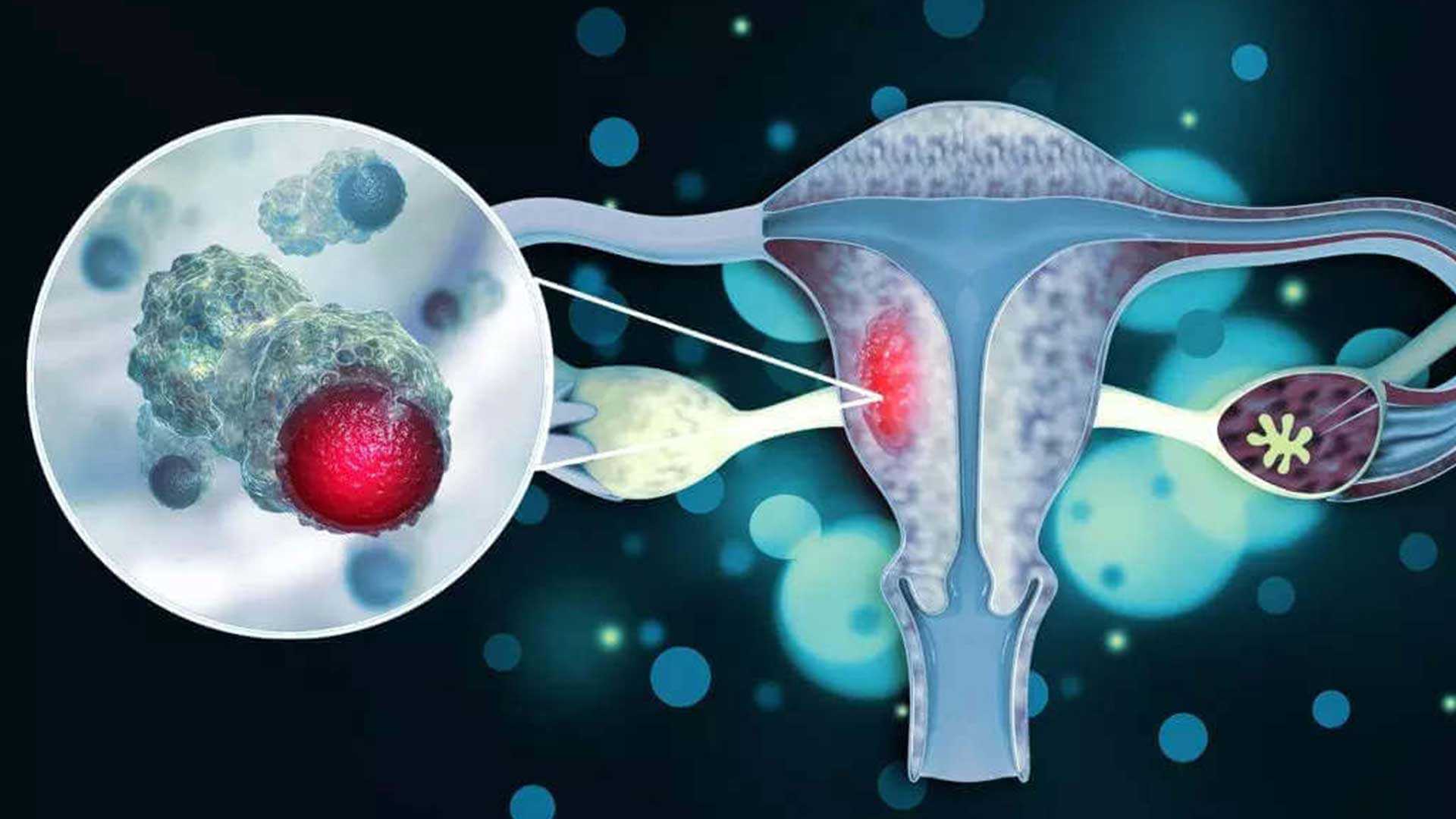By: DR. AZIZUR RAHMAN
Cervical cancer in Bangladesh causes the death of over twelve thousand women annually. Early treatment of this disease can lead to a complete cure. Shall we learn some information about uterine cancer?
Uterine cancer is a term used to describe the development of tumours in the cervix of females. Breast cancer is the second-leading cause of death among women worldwide, making it an extremely deadly disease that ranks among the top two causes of mortality. The highest incidence of cervical cancer occurs in women aged 30 to 55. Women who are older and have a lower socioeconomic status are at the highest risk for cervical cancer.
Cervical cancer, a global health concern, is primarily caused by a virus called human papillomavirus (HPV), accounting for 99 percent of all cases. This virus can be transmitted from one individual to another through sexual contact. However, there are other reasons why the virus increases the risk of developing cervical cancer.
For instance, engaging in sexual activity at a young age, having multiple sexual partners, experiencing numerous full-term pregnancies, contracting sexually transmitted infections such as syphilis or gonorrhoea, smoking, using contraceptive pills for an extended duration, and having a weakened immune system are all factors that can contribute to specific health conditions.
Furthermore, several factors contribute to the development of cervical cancer in women. These include early marriage, giving birth before the age of 18, having multiple children, frequent pregnancies, poor personal hygiene practices, malnutrition, involvement in polygamy, and being infected with the human papillomavirus. Many women tend to avoid discussing the signs of uterine cancer they are experiencing due to their shyness. Moreover, concealing this information from both their family and the doctor exacerbates the transmission of the disease.
According to experts who have studied the subject, only a tiny percentage of individuals with this sickness can be saved due to the cancer spreading throughout the body. Early detection of cervical cancer is crucial for both curing and preventing the disease. In rural areas of the country, women face challenges in accessing medical care and may lack awareness about specific illnesses. As a result, disease prevalence in these areas is relatively high, with alarming incidence rates.
Symptoms of uterine cancer:
Cervical cancer is a type of cancer that progresses gradually over time. This type of cancer typically develops after a span of ten to fifteen years. During the initial stage of the disease, this malignancy does not show any signs. Cervical cancer can cause a variety of symptoms.
1. Bleeding between two periods
2. Bleeding after intercourse
3. Bleeding after pelvic exam
4. Pelvic pain that is not related to the menstrual cycle
5. Heavy or abnormal discharge, the discharge may be foul-smelling
6. Frequent urination and pain during urination
Cervical cancer diagnosis method
Cervical cancer is typically diagnosed through a series of tests. Dysplasia can commonly be detected through a DNA or Pap test, which may indicate the presence of uterine cancer. DNA testing is used to determine the risk of HPV infection. Confirmation of cervical cancer involves conducting a biopsy to examine cells that are either pre-cancerous or cancerous.
What we can do to prevent cervical cancer
Vaccines that can prevent human papillomavirus (HPV) infection are now available. The vaccine is administered in three doses, each given every six months, typically when girls are between 10 and 12. This vaccine is primarily recommended to be issued before marriage or before becoming sexually active. Taking the following steps can also help prevent uterine cancer:
1. Protecting unmarried women from cervical cancer through vaccination
2. Seek medical advice as soon as possible if you notice any symptoms
3. To increase social awareness about cervical cancer
4. Men also have to play a leading role in encouraging women
5. Women between the ages of 18 and 60 should be screened once a year. However, if the report is negative twice in a row, retest after 3 or 5 years. At-risk women should be screened every 3 years.
The Centre for Cancer Prevention and Research (CCPR) has recently launched a statewide campaign called “Cervical Cancer Awareness Month.” This campaign has already commenced with the support and collaboration of various social organisations and institutions. This month-long programme, which is being organised for the second time, includes education for medical professionals, motivation for more advanced members of society, and substantial awareness programmes for the general public.

